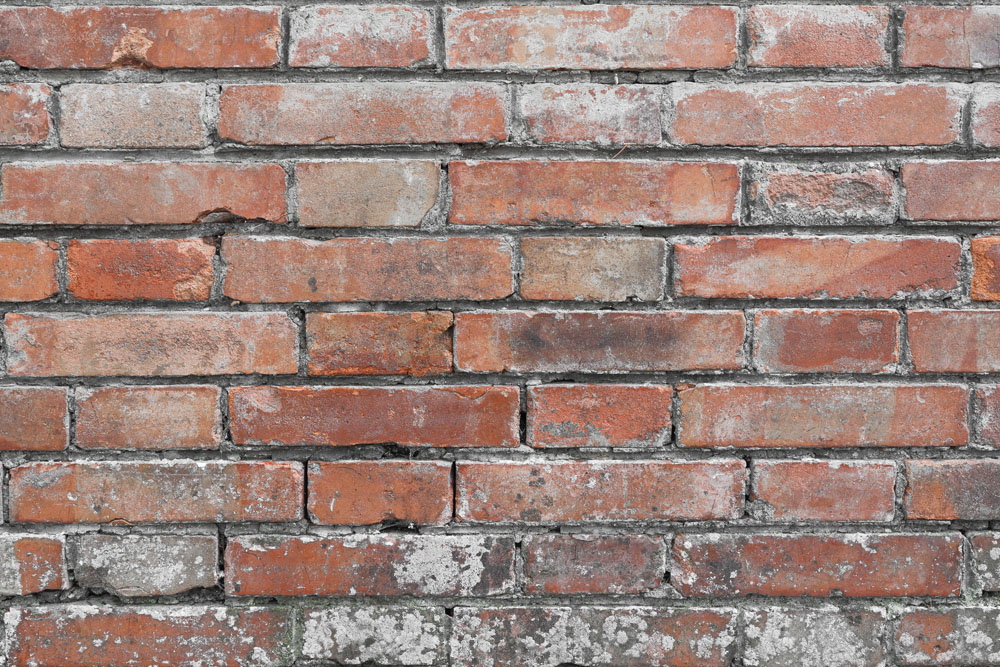Creating a harmonious blend of old and new in landscape design can be both a challenge and an art form. As we strive to modernize our outdoor spaces, the integration of existing features, like masonry walkways, into contemporary designs becomes paramount. In this article, we will unfold an array of expert tips and insights that will help you strike the perfect balance between nostalgia and innovation.
Understanding the Essence of Masonry Walkways
What Are Masonry Walkways?
Masonry walkways are constructed pathways made from materials such as brick, stone, or concrete. They serve not just a functional purpose but also add aesthetic value to any landscape.
The Charm of Old Masonry Walkways
Old masonry walkways have their own unique charm that speaks to history and craftsmanship. They offer character and can be a focal point in any yard or garden.
Why Blend Old with New?
Blending old paths with new designs creates a cohesive look that respects the past while embracing modernity. This approach can enhance the overall appeal of your property.
Tips for Blending Old Paths with New Designs Seamlessly
1. Assess the Current State of Your Masonry Walkway
Before making any changes, evaluate the condition of your existing walkway. Are there cracks? Is it uneven? Understanding its state is crucial for planning your next steps.
2. Choose Complementary Materials
When selecting new materials, choose those that complement rather than clash with your existing masonry. For instance, if your walkway is made from red bricks, consider using natural stones in similar hues for surrounding landscaping.
3. Incorporate Modern Elements Thoughtfully
Introduce modern design elements like sleek lighting fixtures or minimalist furniture that won’t overshadow the historical significance of your masonry walkway.
4. Create Transition Zones
Establish clear transition zones between old and new by using borders or edging materials that delineate space without being jarring.
5. Use Color Theory Wisely
Colors play an essential role in blending different styles harmoniously. Utilize color theory principles to select shades that work well together across both old and new elements.
Incorporating Plants Around Your Masonry Walkway
6. Selecting Suitable Flora
Choose plants that complement both the masonry materials and your home's architecture. Native plants often work best as they adapt well to local conditions.
7. Layering Plant Heights for Visual Interest
Layer your plants by height—taller plants at the back and shorter ones at the front—to create depth around your walkway while leaving space for easy navigation.
Design Principles for Blending Styles
8. Focus on Symmetry vs. Asymmetry
Decide whether you want a symmetrical layout that mirrors traditional designs or an asymmetrical approach that's trendy yet functional.
9. Maintain Consistent Path Widths
Ensure consistency in path widths throughout your landscape design to maintain flow and ease of movement, which is especially vital if you have multiple walkways intersecting.
Emphasizing Functionality Alongside Aesthetics
10. Maximize Usability Through Design
Consider how people will use both old pathways and new designs when creating layouts; comfort should always come first!
11. Create Inviting Gathering Areas
In addition to pathways, think about creating gathering spaces near your masonry walkway where friends and family can gather comfortably.
Lighting Solutions for Enhanced Ambiance
12. Incorporate Ambient Lighting
Utilize ambient lighting along walkways to ensure safety while highlighting architectural features during nighttime hours.
13. Use Solar-Powered Garden Lights
Solar-powered lights are eco-friendly options that provide illumination without needing extensive electrical work—a great fit for blending old paths with new designs!

Textures Matter: Combining Materials Effectively
14. Mix Textures Thoughtfully
Mixing textures can create visual interest; pair smooth surfaces with rough ones judiciously to enrich the tactile experience along your path.
Water Features: Adding a Modern Twist
15. Integrate Small Water Features Near Walkways
Water features like small fountains or ponds can add tranquility; strategically placing them near old masonry walkways may enhance their appeal without overwhelming them.
Cultural Influences: Reflecting Personal Style
16. Infuse Cultural Elements into Your Design
If you have specific cultural influences you'd like reflected in your landscaping design, do so thoughtfully while respecting existing structures from previous eras.
Maintaining Your Blended Pathway Over Time
# 18. Seasonal Adaptation
Adapt your landscaping seasonally; change out annual blooms or decor items near pathways during various seasons for fresh aesthetics year-round.
Sustainable Practices in Pathway Design
# 20: Rain Gardens as Functional Art
Include rain gardens adjacent to walkways which help manage stormwater runoff while providing beauty through native vegetation.
# 21: Art Installations That Speak Volumes
Consider adding sculptures or art installations along pathways created from durable materials which connect beautifully with rustic Masonry Contractor masonry elements.
hr12hr12/ Personalizing Your Space Further
# 24: Seasonal Decor Transformations
Embrace seasonal changes by decorating surrounding areas around classic styles using wreaths during winter months followed by vibrant flowers during springtime!
li1li1/li2li2/li3li3/li4li4/li5li5/li6li6/hr14hr14/ Conclusion
Blending old paths with new designs seamlessly is not only achievable but rewarding! By following these expert tips outlined throughout this article—from assessing current conditions through creating focal points—anyone can craft stunning landscapes combining nostalgic charm paired alongside modern flair however desired! So roll up those sleeves & get started transforming spaces today!